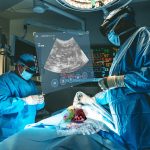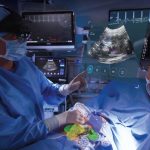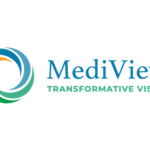ProMedica Summit Shows Off Advances In Medical Technology
![]()
![]()
November 19, 2019
Technology has always been about making lives better, and the medical field is a prime example of how technological advancements can accomplish that goal.
The sixth-annual ProMedica Innovations Summit on Thursday highlighted some of the latest developments impacting health care. More than 5,000 attendees were registered for the event at the Renaissance Toledo Downtown Hotel.
“We’re demonstrating brand new life-science technologies to help our patients in the ProMedica system,” Dr. John Pigott, chief innovations officer for ProMedica Innovations, said. “Technology is very difficult to keep up with. That body of knowledge just keeps accelerating, and that’s why ProMedica and the leadership sought the Innovations support to look after technologies and to integrate those into our health-care system.”
ProMedica Innovations has its own venture fund and manages the state-matched Northwest Ohio Tech Fund II. It invests in startups developing technologies for the medical field.
“One of the great things is that we at Innovations have brought over $50 million of outside venture capital to startups within the community over the last six years,” Justin Hammerling, associate vice president of ProMedica Innovations, said.
One of its recent investments was in MediView XR, which is developing a holographic, three-dimensional guidance and navigation system for use in surgery for cancerous tumor ablations and biopsies. Sylvania native Jeff Yanof is the co-inventor of the device with Karl West, both biomedical engineers at the Lerner Research Institute of the Cleveland Clinic.
The system, which is undergoing clinical evaluations for tumor ablation, uses a combination of existing technologies and a HoloLens headset to display a patient-specific 3-D model of internal structures during minimally invasive procedures.
“We’re also tracking the tools, like a mini GPS system,” Mr. Yanof said. “So we can show three-dimensional relationships between the tools and the imaging altogether. The three-dimensional perception and spatial understanding helps not only target and treat the tissue, but avoid other critical structures like blood vessels.” […read more]






